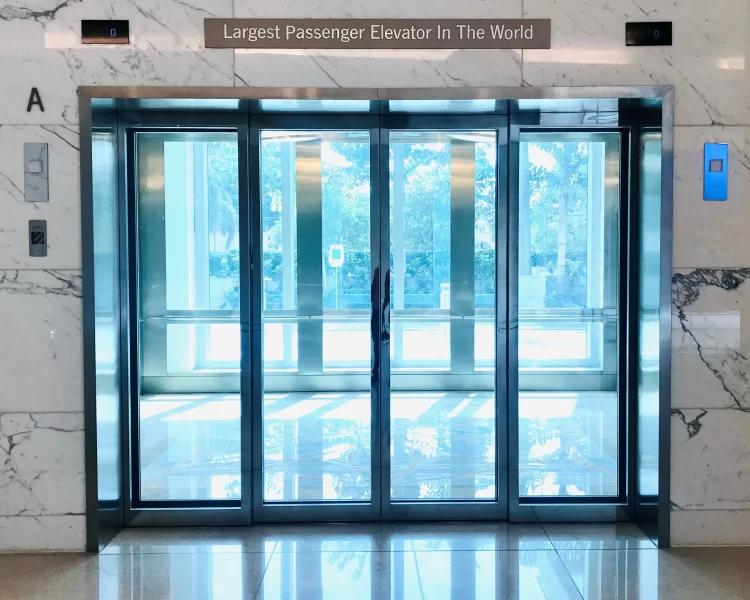If you’re looking to take a break from your everyday life and retreat in a fairytale world, there’s probably no better place than La Balade des Gnomes, near the picturesque town of Dubuy, Belgium. Featuring ten amazingly-decorated bedrooms and a special suite designed as a Trojan cow, this place is certainly unique.
Formerly an ordinary Belgian farmhouse, La Balade des Gnomes was transformed into a magical tourist resort by architect owner Dominic Noel. Inspired by fantasy settings, ancient Greek history, science fiction and medieval castles, the resourceful Mr. Noel managed to create his incredible hotel exclusively out of natural materials like wood, stone and cob (mud mixed with lime and straw). “The hotel was created by people who have a strong interest in nature,” the owner says, but anyone with a rich imagination would certainly appreciate the unworldly design and decorations of this place. The names of the rooms do a good job of describing what you can expect to see when you walk through the door: The Legend of Trolls seems taken straight out of the Lord of the Rings, In a Moon Neighborhood takes you to a distant future where humans can spend their vacation in a hotel on the Moon, while Macquarie Island boasts a marine decor complete with a boat-shaped bed.




















